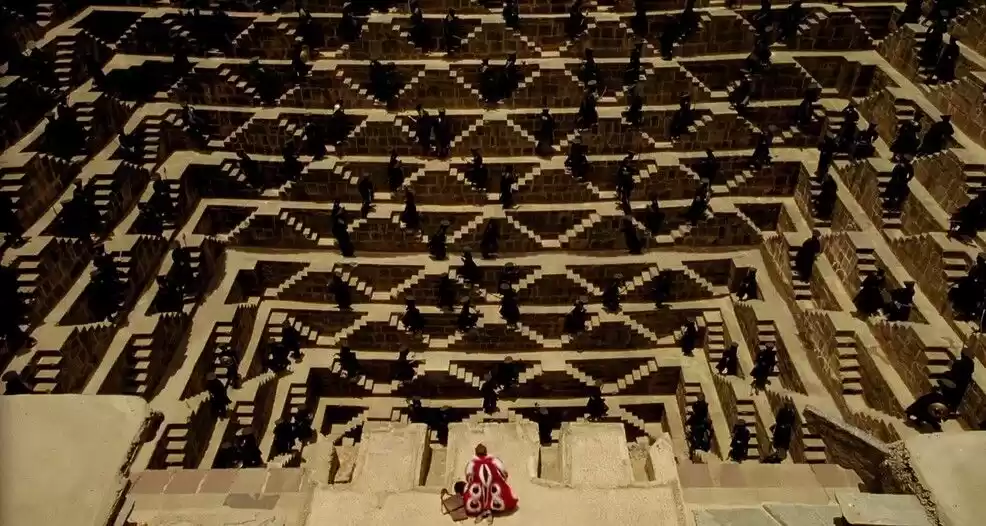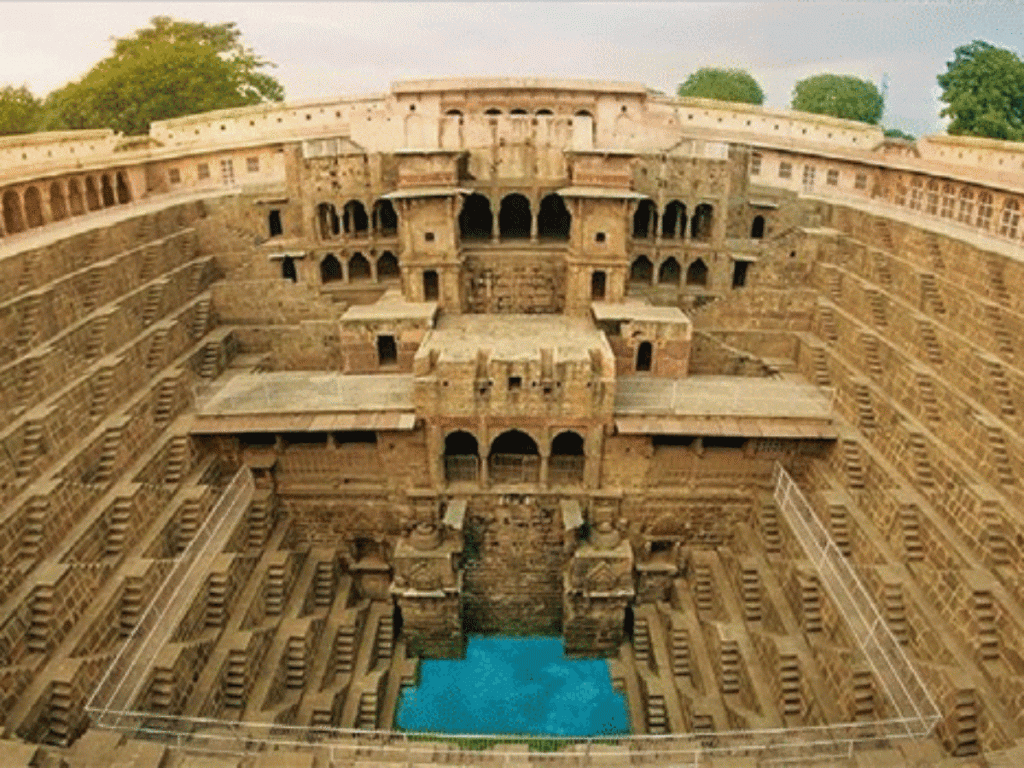
Rajasthan, the mystic land of kings and queens, is arguably the most vibrant state of India. Steeped in royal heritage and a rich cultural history, the desert state never ceases to overwhelm its visitors. Amongst the various shades of Rajasthan, discover the myriad colors of the historic village of Abhaneri at its popular annual festival.
Started in 2008 by the Dausa District Administration and Tourism Department of Rajasthan, the Abhaneri Festival now attracts thousands of local, national, and international tourists who come to explore this vibrant event. An eclectic blend of art, culture, and local traditions, wrapped in rustic charm- the Abhaneri Festival lasts from two to four days.
History of Abhaneri
The quaint little village of Abhaneri is located in Dhundar in the northern part of Rajasthan, within the district of Dausa. It derives its name from its original title of Abha Nagari, or the City of Brightness.
The settlement dates back to as far as the 9th century and was founded by Raja Chand of Gurjar kingdom. Though small and derelict in most areas, the village is steeped in social and historical significance. On exploring, you can still find traces of the post-Gupta and medieval eras in the local architecture and sculpture. Historical artifacts and archeological remnants of Abhaneri have found places in prominent museums around the world.
How to Reach
Abhaneri is located about 95 Km from the city of Jaipur. You can take a train or flight to Jaipur from any major location in India. The best way to reach your destination is to rent a car in Jaipur.
Things to See
The Abhaneri Festival is an extravaganza of cultural performances- music, arts and crafts as well as local cuisine. While you experience the vibrant hues and lively energy of the festival, here are a few things you can do around the village:
Explore the Abhaneri Step-well

Also called Chand Baori, this 2000-stepped, stone-carved well was built under the patronage of Raja Chand and remains one of the deepest and largest step-wells in India. Symmetrically cut, the steps of the well descend 20 meters from the surface. In ancient times, the well was used to store water as a backup for the dry season and was a prime venue for the royals. The entire site is surrounded by religious sculptures, a pavilion, and a resting room. Currently, the site is used to host cultural programs like music concerts, Kavi Sammelan (poetry recitals), and traditional dance performances, all of which you can witness during the Abhaneri Festival.

Witness the dance performances: During the two days of the festival, local artists and musicians come together to display their talent. Experience local rural culture in Kalbelia- the snake-charmer dance, or the Bhawai dance, where dancers sway to the beats while balancing a pile of earthen pots on their heads. Don’t forget to see the Kachhi Ghodi performance, where male dancers perform perform fire-plays and dance on dummy horses and narrate stories that highlight the bravery of the Shekhawati soldiers.
Hear the Langa singers: Performed by Manganiyars, Langa singing narrates stories of local rajas and maharajas, and historical figures, using percussion, ghungroos, and sarangi.

Catch a puppet show and hear local folklore through the animated movements of the puppets, coupled with background music.
Shop for ethnic collectibles and curios from local craftsmen and artisans at the grand arts and crafts exhibit.
Ride a Camel Cart: An equally enjoyable experience for adults and children alike, camel cart rides are quintessential to Rajasthan’s culture.
Come September, gear up to witness the four-day cultural gala of Abhaneri from September 29 to September 30, and discover the kaleidoscopic beauty of rural Rajasthan! Since its conveniently located on the Jaipur-Agra highway, travellers can even avail a taxi service in Agra and drive down to the location.




















